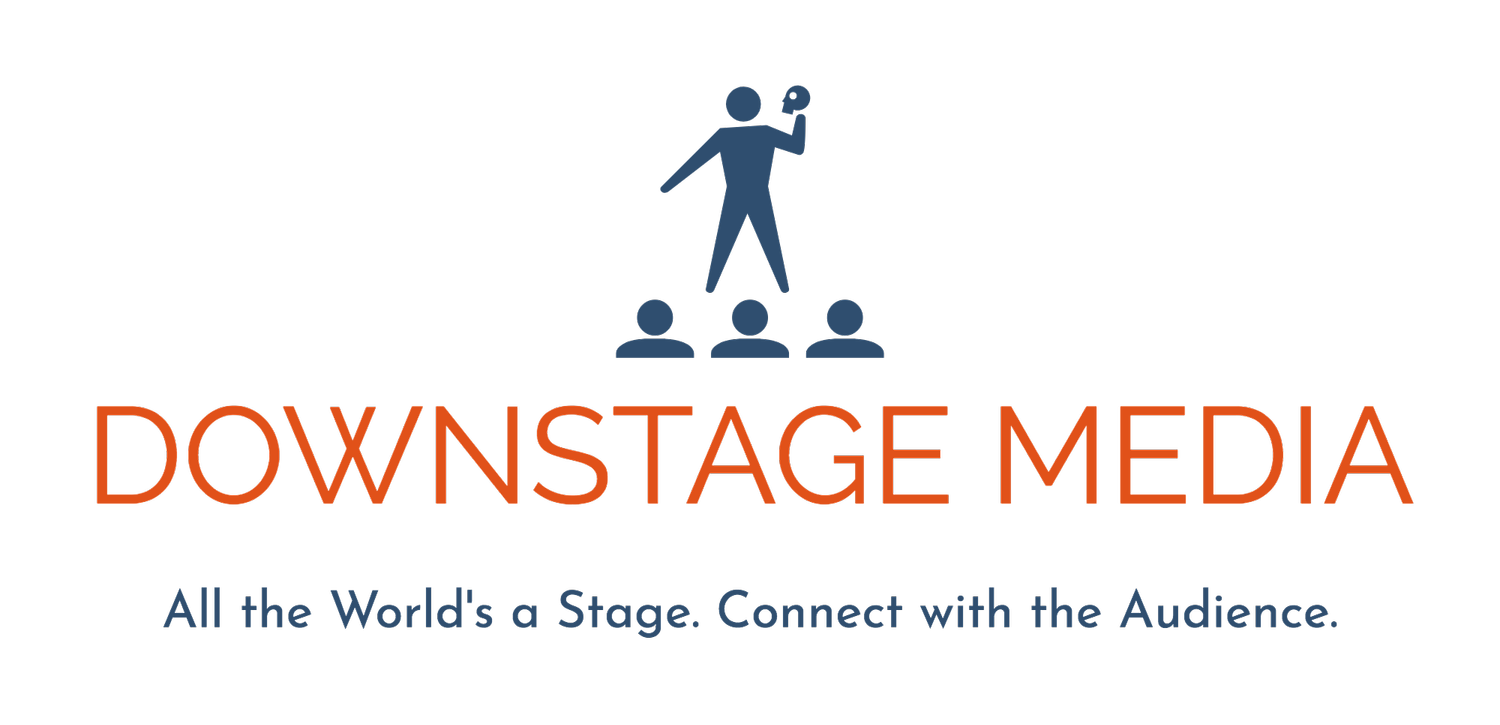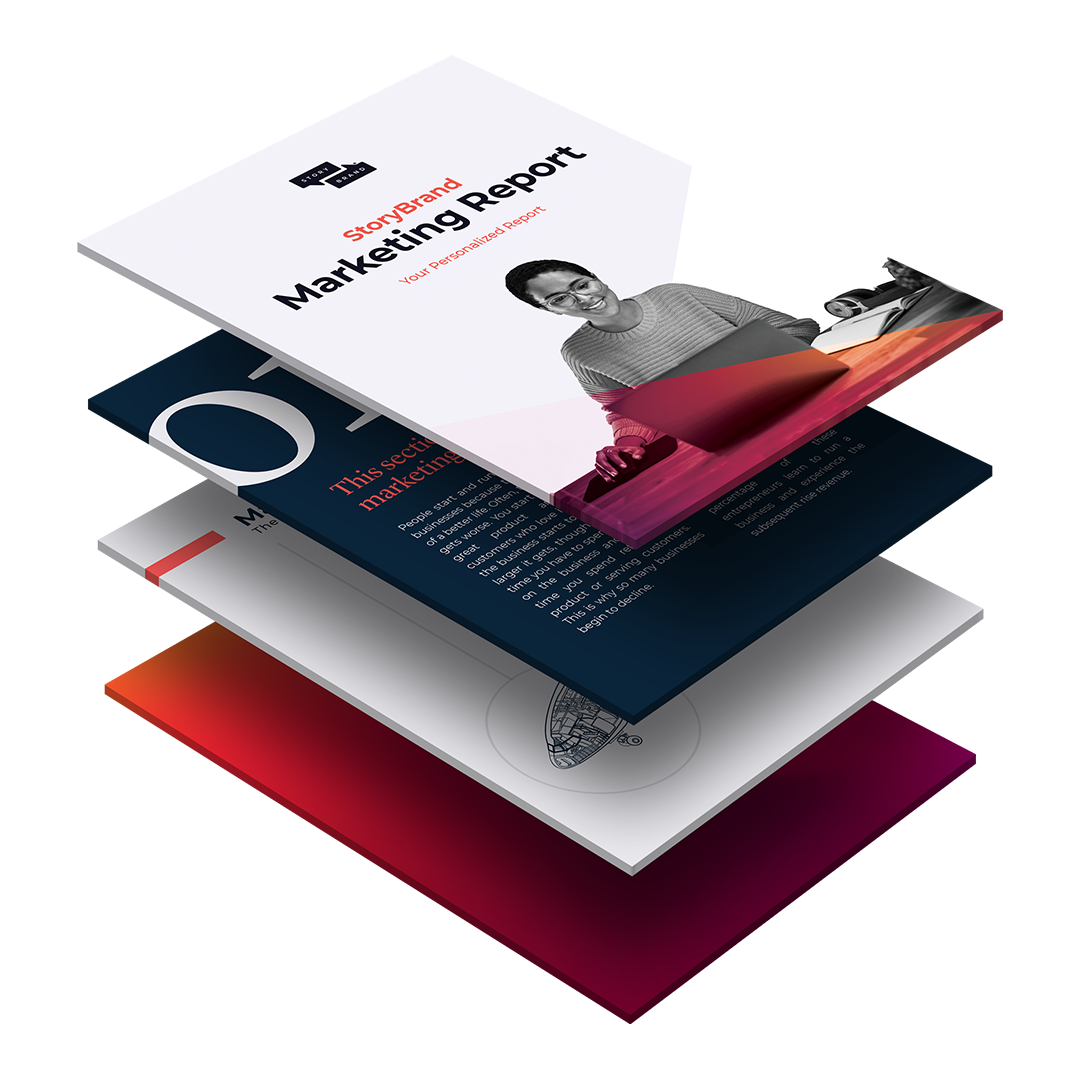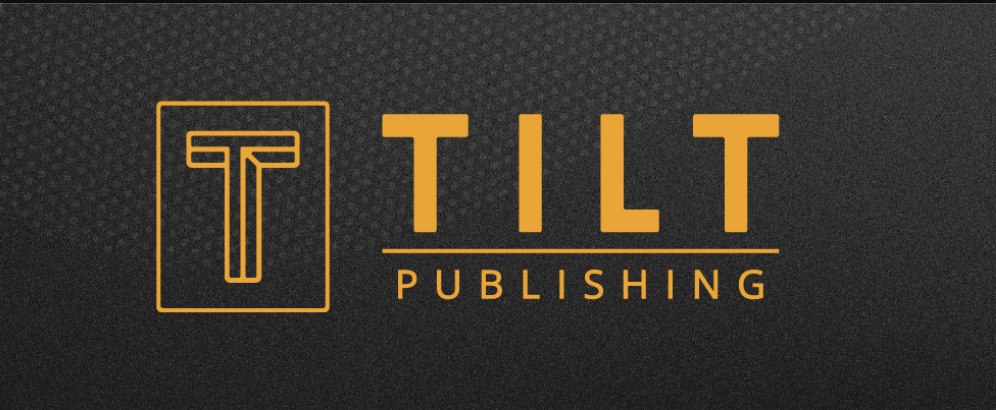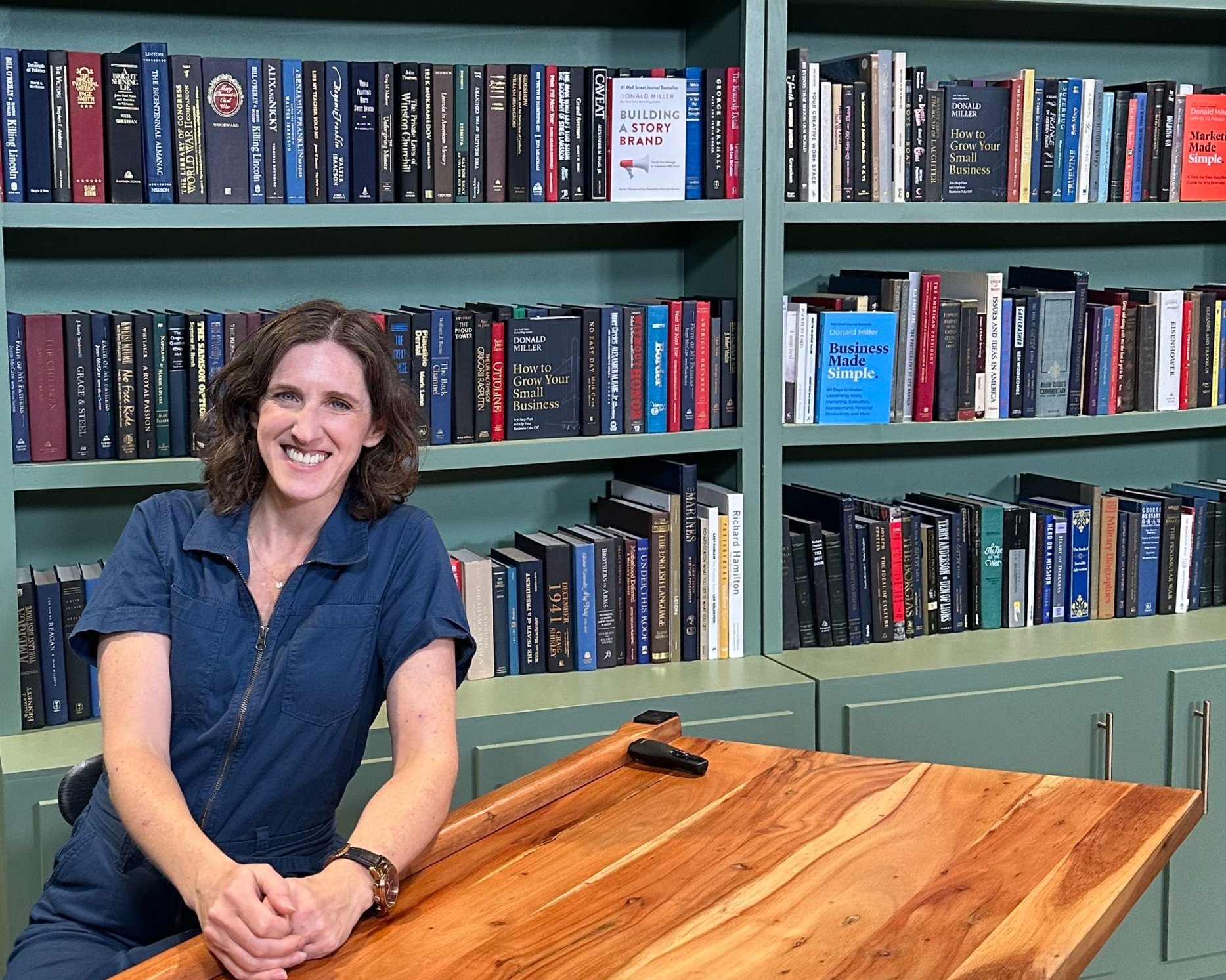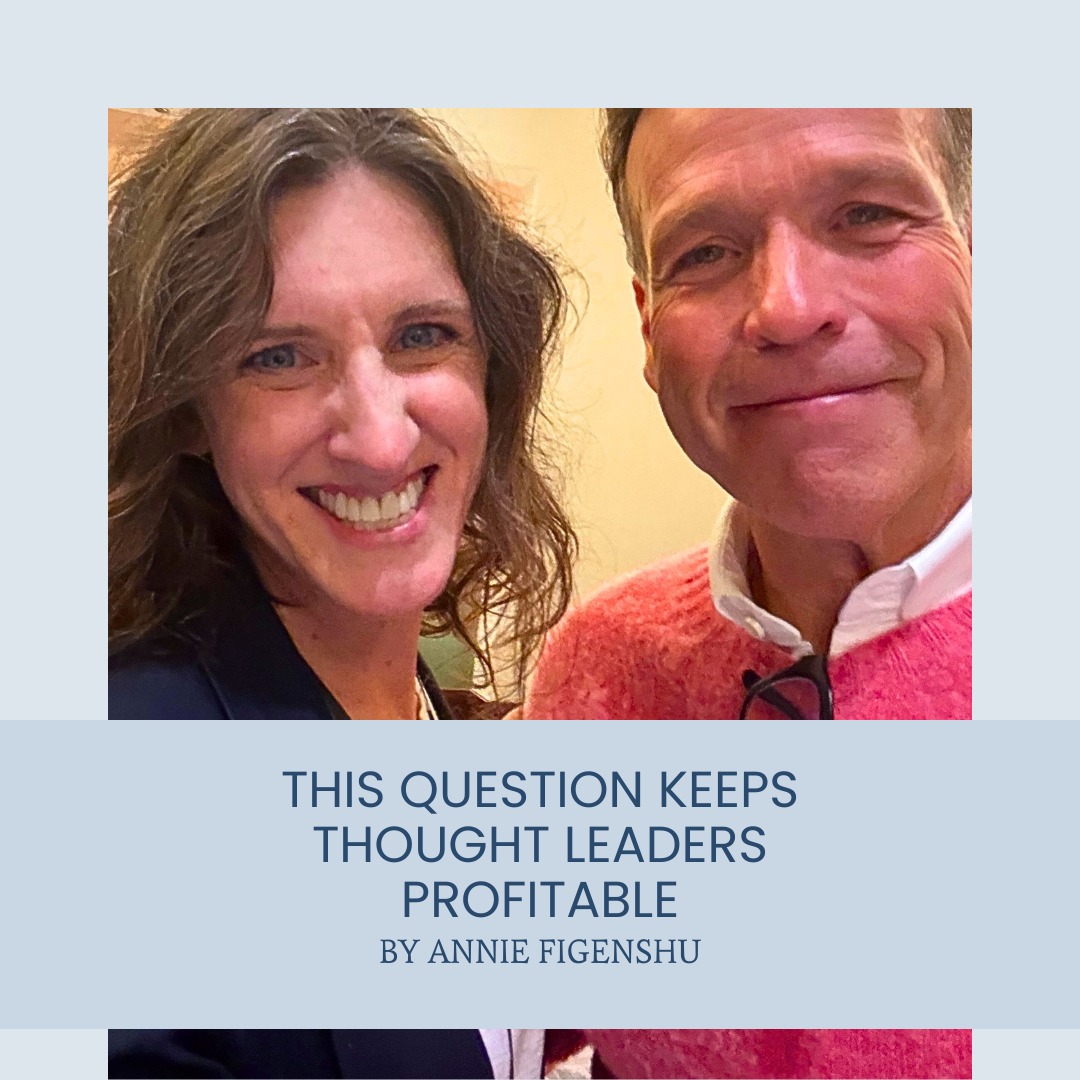Egregious Copywriting Errors - Strengthen Your Writing With These English Teacher-Approved Tweaks
You do more copywriting than you think. Any post, email, or webpage where you want a reader to take action counts as copywriting. Unfortunately, lots of copywriting misses the mark which leads to lower clicks, conversions, and sales. In this post, you'll learn simple copywriting tweaks that will personalize, activate, and strengthen your work so you can connect with your audience.
You do more copywriting than you think. Any post, email, or webpage where you want a reader to take action counts as copywriting. Unfortunately, lots of copywriting misses the mark which leads to lower clicks, conversions, and sales. In this post, you'll learn simple copywriting tweaks that will personalize, activate, and strengthen your work so you can connect with your audience.
Poor copywriting sabotages your work.
You may be taking the time and energy promoting your work and actually sabotaging it with poor copywriting. Here’s what I mean. One time, while scrolling on Facebook a colleague of mine posted that she was about to be on podcast. The words she chose were so poor that I can’t imagine anyone would want to listen. She wrote:
I was on a podcast. Check it out if you want. Full disclosure: I have yet to listen because I cringe listening to myself.
Now, this counts as copywriting since this person clearly wanted her audience to listen to the podcast. But, did she? I mean, would you want listen to that podcast if you saw this post? The fact of the matter is, this kind of egregious copywriting error happens so often that you may not even realize you do it.
Using First Person
You may find yourself having a number of conversations these days about pronouns, but for this post there’s a twist. Let’s talk about first person pronouns. “First person” in grammar refers to the perspective of I/we, me/us, mine/ours. When you use first person in your copywriting, it means that you are talking about yourself.
Audiences respond to writing that is about them. So, switch your perspective from the first person (i/we) to the second person (you/you) or the third person (he/she/it/they). This will personalize your copywriting. Here is an example:
First person:
I am producing this show with an amazing cast.
Second person:
You’re going to love this show’s amazing cast.
Third person:
Audiences love this show’s amazing cast.
Do you see how by adjusting the language to be from the perspective of the other person, versus yourself, your audience stars to see themselves in your writing.
Words English Teachers Say Never To Use
English teacher who taught me the fundamentals: person, number, gender, and case. Plus, she taught me a method to outline that I still use today.
If you didn’t attend Catholic school than you may not have had teachers with as rigid points of view on grammar (and penmanship, and probably, well, a whole other bunch of theological topics as well, but moving along) as those that did. My brother and I fall into the former camp and between us, some of our strictest English teachers told us to avoid using the following words since they weaken your writing:
very/really/truly/actually
These adverbs do the opposite of what you want them to. You think that you’re making a verb seem more important, but are you?
is there a difference between:
The show was really outstanding.
and
The show was outstanding.
In copywriting, extra words fill space on the page (which is often at a premium for you) and take time to read (which is often at a premium for the reader.). For writing that gets to the heart of the matter, cut out unnecessary words like these.
The Verb “To Be”
Dovetailing on the whole “things the best English teachers tell you never to say” is the verb “to be.” Okay, so, this one is very difficult. And sometimes can’t be avoided. That said, try. When you take out forms of the verb “to be” your writing has more immediacy. As a reminder, the words in the verb “to be” are:
was, were, am, are, is, will be
Look at the adjustment from:
The show is bringing down the house each night.
to:
The show brings down the house each night.
Can you feel the urgency shift from the first option with “is” compared to the second option without it?
Note: In proofreading this post, all forms of the verb “to be” have been changed, when possible. A challenge, for sure, but a worthy one!
Get a Custom Marketing Plan that Grows Your Business.
You need a marketing plan that you feel confident in. Take the 10-minute assessment, and you'll get a FREE, customized marketing plan that will generate more revenue for your business.
Talking About the Features and Avoiding the Problem
Sara Blakely, the billionaire inventor of Spanx, says, “Sell the problem you solve not the product.” When people market their work, they discuss how great their product is and they don’t talk about how it will solve their audience’s problem and improve their lives. They focus on the features not the problem. If your reader can’t figure out how they will benefit, they won’t take action. By pointing out the problem that your show/book/podcast/project/product solves right off the bat, your work becomes the solution. (Then you can talk about features.)
This show has an award-winning cast and got a great review in the Times.
Instead try
After everything you’ve been through this year, you need a night out. This show has an award-winning cast and got a great review in the Times.
Do you see how making that adjustment catches the reader’s attention to see how the focus shifts to them and solves their problem?
My guess is you’re reading this post not because you wanted to learn copywriting techniques, but you wanted to fix any copywriting errors that cost you sales, sign ups, or subscribers. This blog’s summary points out errors that everyone makes and offers solutions to fix them. You’re reading this post shows that this technique works.
Write First, Then Edit
Implementing these ideas can slow you down as you’re writing. In order to keep up your momentum first write your rough draft, then edit. When you’re editing:
Adjust any first person perspective (i/we) to second (you) or third (he/she/it/they) person
Cut out very/truly/really/actually
Adjust instances of the verb “to be” to more active verbs
Talk about the problem first, then the features after.
By tweaking your copywriting with these adjustments, your writing will be stronger, more personal, and have immediacy - three traits that help audiences take action.
Work with a Trained Copywriter
Solid copywriting is mandatory for your marketing. Find out other marketing must-haves by taking the StoryBrand Marketing Assessment. You’ll get a report that tells you where your marketing needs to focus then. Then, schedule an Intro Call with me and we can discuss your options for making sure your marketing must-haves are in place.
